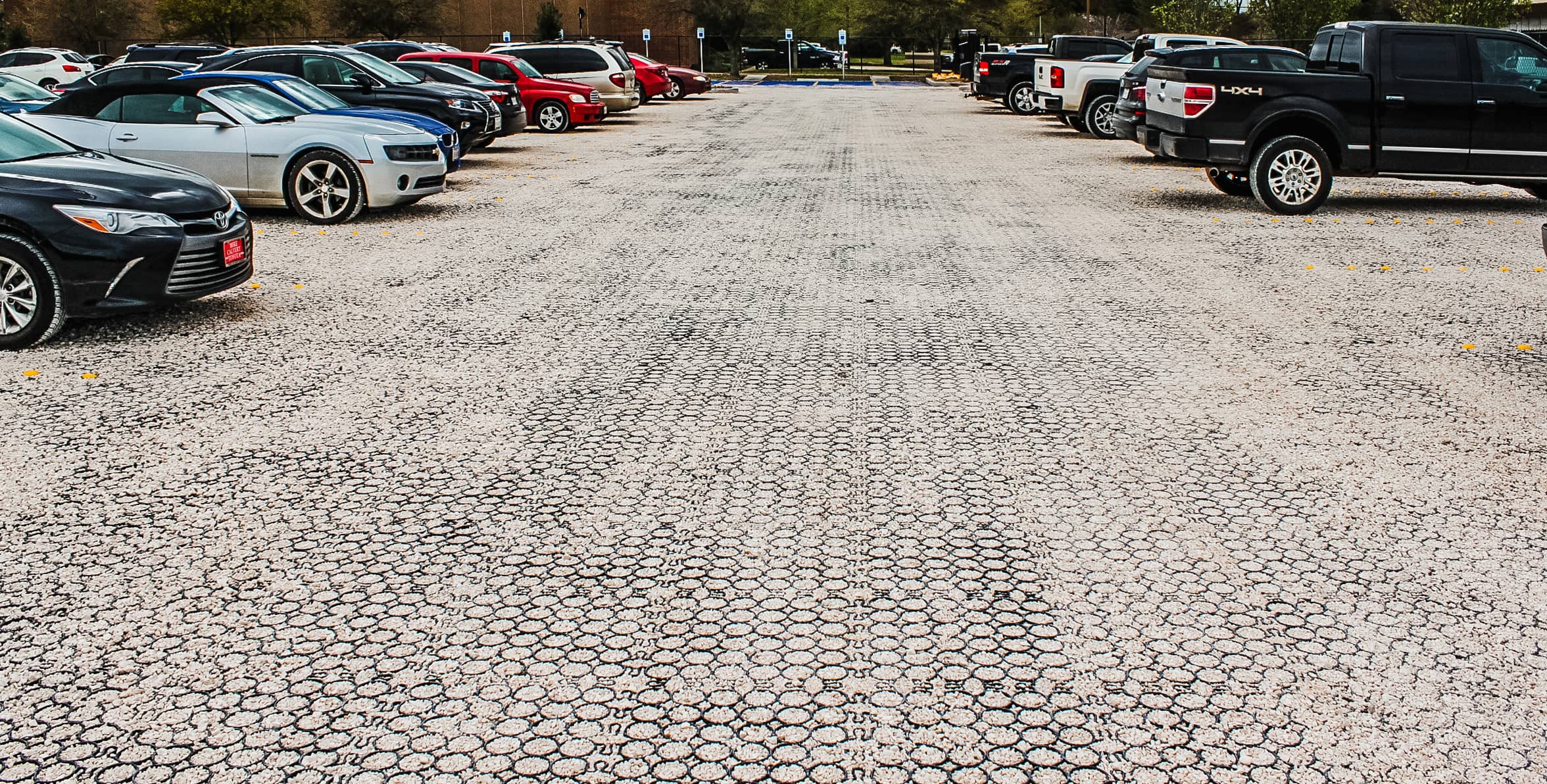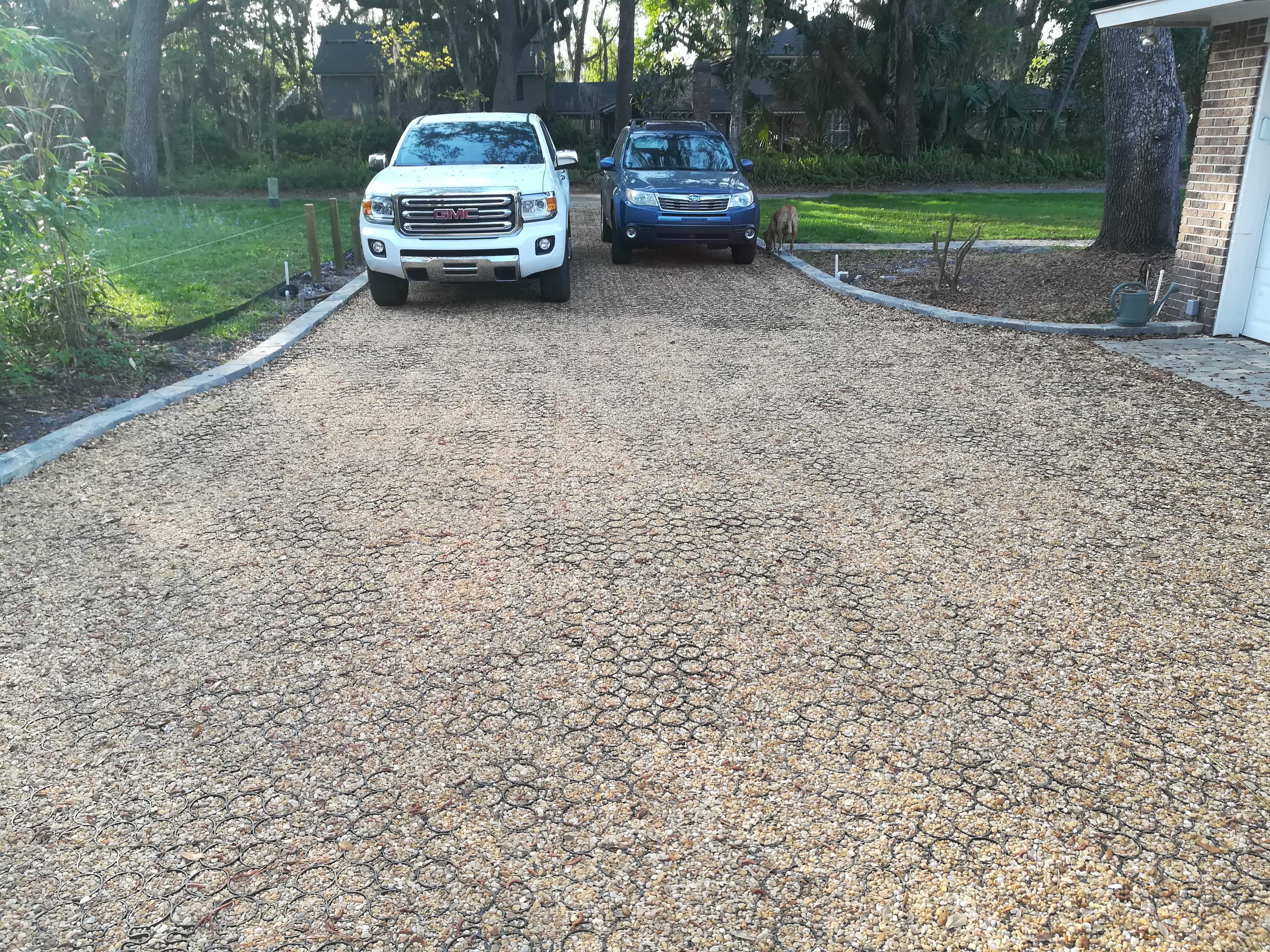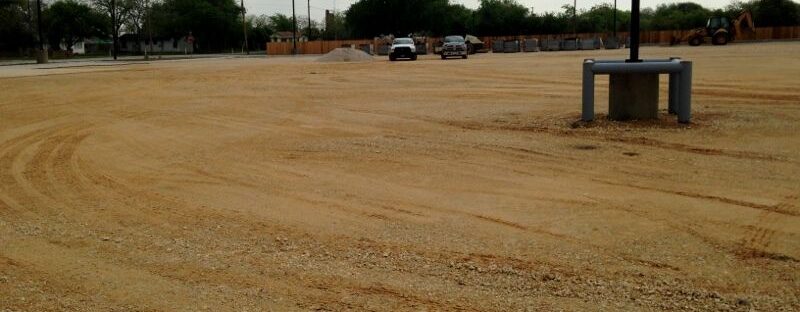
Gravel remains one of the most economical and functional surface materials for residential driveways. Though popular for its affordability and easy installation, understanding all cost factors is key to a smart investment. This guide explains what affects the cost of a gravel driveway, how site conditions change the equation, and why performance upgrades are worth considering.
How Size, Depth, and Use Influence Final Pricing
Most pricing calculators start with length and width, but the number of vehicles using the surface and the required depth of material can shift costs dramatically. A short residential lane might need minimal prep and infill, while wide or high-traffic areas require deeper excavation and more gravel to ensure durability. These size and usage considerations often carry the greatest weight in calculating material volumes and labor estimates. Add-on work like heavy grading or soil stabilization can further raise installation costs.
Material Selection and Its Impact on Cost Spread
Crushed stone provides a stable, interlocking surface well-suited for regular traffic, while decomposed granite offers a more polished appearance with lower compression strength. Decorative aggregates like marble chips or river rock offer strong curb appeal but at a much higher price point.
Availability also plays a role—materials sourced locally tend to be more affordable than those requiring long-distance transport or special orders. In every case, the choice of material impacts both performance and price. Decorative stone may look appealing, but it can significantly raise the cost of a gravel driveway without improving structural performance.

What Current Market Rates Say About Gravel Pricing
Gravel is typically sold by the ton or by the truckload, but translating that into actual surface coverage depends on factors like depth, compaction method, and site conditions. Material costs can also vary widely depending on the type of stone selected, local availability, and transportation distance. While there’s no universal price tag, general cost ranges fluctuate year to year and by region. Industry resources like Fixr outline these variables in greater detail, highlighting how specifications influence the overall cost of a gravel driveway.
How Soil Type and Compaction Shape Long-Term Results
Beneath the surface, soil composition influences both drainage and durability. Clay-heavy sites tend to retain moisture and shift under weight, while sandy soils drain better but provide less structural support. In these cases, installers often add geotextile layers and slope the base to manage water flow and surface movement. Another variable—compaction—can make or break a gravel surface.
When materials are installed in layers and compacted properly, the resulting driveway resists rutting and settling far longer than one hastily spread. For homeowners dealing with soft or moisture-retentive subgrades, additional stabilization and base work will influence the final cost of a gravel driveway more than the stone type itself.
Why Ongoing Maintenance Is Often Misunderstood

Gravel doesn’t remain fixed. Even with good compaction, time and traffic lead to displacement. Without edge containment or stabilization, material migrates into surrounding grass, landscaping, or low spots. In many climates, the surface needs reshaping every year.
Costs accumulate not just from replenishing gravel, but from renting equipment, labor, and correcting drainage patterns that may have shifted since installation—issues that can be minimized through smarter gravel driveway maintenance strategies.
When Water and Weather Change the Cost Equation
Runoff is one of the leading causes of long-term surface breakdown. Poor drainage causes gravel to wash out or sink, and in colder climates, freeze-thaw cycles force materials apart. The fix isn’t always more stone—it’s smarter design and reinforcement. Left unaddressed, water damage accelerates degradation and inflates annual maintenance budgets.
How Location and Climate Influence Material Selection
The right material for one region may underperform in another. Northern regions often favor angular stone for better winter traction and compaction, while dry zones might get by with finer textures. Some regions also lack local quarries, which means the added cost of transportation raises the base price per ton. Every driveway is part of a larger system—climate, traffic, soil, and slope all feed into the final cost of a gravel driveway, especially when transportation and weather resilience are factored in.
Why Traditional Price Estimates Often Miss the Mark
With so many site and material variables, assigning a simple price per foot isn’t realistic. Homeowners may pay as little as $1,200 for a flat, compact site using basic gravel. Others spend well over $6,000 when they factor in drainage systems, fabric, grading, and ongoing erosion control. The total cost of a gravel driveway may include not only materials and labor, but also long-term planning to prevent early failure.
A More Stable Way to Build Aggregate Surfaces

For those looking to reduce long-term upkeep while still maintaining the look of loose stone, stabilized grid systems offer a measurable performance advantage. These systems hold aggregate in place, improving load-bearing strength and dramatically reducing erosion. The result is a clean, even surface that stays in place, even under dump trucks or heavy use.
TRUEGRID offers several configurations suited to different driveway conditions:
- PRO PLUS for high-load or industrial-grade applications
- PRO LITE for residential driveways and parking areas
- ROOT for spaces where vegetation and permeability must be balanced
These benefits are foundational to high-performance gravel surface construction methods designed for long-term durability.
What Proper Installation Really Looks Like
Installation begins by excavating to the necessary depth for drainage, followed by compaction and stabilization of the base using geotextile fabric. Once angular stone is compacted in layers, a grid system is snapped into place and filled with gravel. The final product delivers a surface that can handle high loads without shifting.
Get More Value from Your Gravel Driveway with TRUEGRID
Traditional installations can’t always stand up to water, weight, and time. TRUEGRID’s stabilized gravel systems offer a reliable, low-maintenance alternative that preserves the natural look while solving long-term wear. Contact us today for more information.



